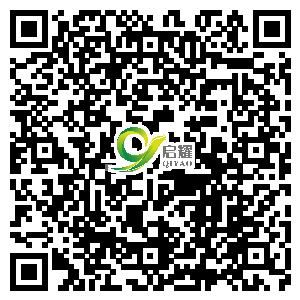

Water woven fabric production can be divided into two processes.
Before the process of twisting, winding, warping, threading warp.
Fixed twist: After twisting the yarn, especially after strong twisting, the fiber produces torsion stress, and the yarn will be untwisted and twisted when the yarn tension is small or free. In order to prevent this phenomenon and make the post-processing proceed smoothly, fixed twist processing is used to stabilize the twist of these yarns when necessary.
Winding simple: It is the first process of preparation before weaving, which is to process the yarn or Hank from the spinning department into a bobbin that meets certain requirements on the winding machine.
Warping: The process of winding a fixed number of warp threads parallel to a warp or knitting shaft in a specified length and width. The warped warp is used for sizing and threading. Warping requires that the tension of each warp is equal, the distribution on the warp shaft or the knitting shaft is uniform, and the color yarn arrangement conforms to the process regulations.
Threading warp: Threading warp is a general term for threading and knotting, and its task is to pass the warp on the weaving shaft through the warp stop, heald and reed at one time according to the provisions of the fabric drawing. Threading is the last step in preparing the warp before knitting.
After the process of opening, filling, filling, winding, letting off.
Opening: The opening mechanism is generally composed of a harness lifting device, a harness back device, and a control device for the lifting order of the harness frame. In the shed structure, the first half of the shed can not be changed, it is related to the weft insertion system, the new bow | weft requires the first half of the shed is small. The length of the back shed directly affects the warp tension. Because of the low strength of the yarn, the back shed is required to be long.
Weft insertion: On the loom, weft insertion is to introduce the weft into the shed formed by the opening of the warp, so that the warp and weft are interwoven to form the fabric. The | weft insertion method of the water-jet loom uses water as the weft insertion medium, and generates friction traction on the weft yarn through the jet stream, which leads the weft yarn on the fixed bobbin into the shed.
Weft beating: On the loom, relying on the reed of the weft beating mechanism to move back and forth, the weft yarn of a bow | into the shed is pushed to the knitting edge and interwoven with the warp yarn to form the fabric meeting the design requirements.
Pick up: After the weft is driven into the weave to form the fabric, the fabric must be continuously drawn away from the weave and wound onto the roll.
Let off: the warp of the corresponding length is released on the weaving shaft, so that the warp and weft yarn is continuously interwoven to ensure the continuous production process of weaving.